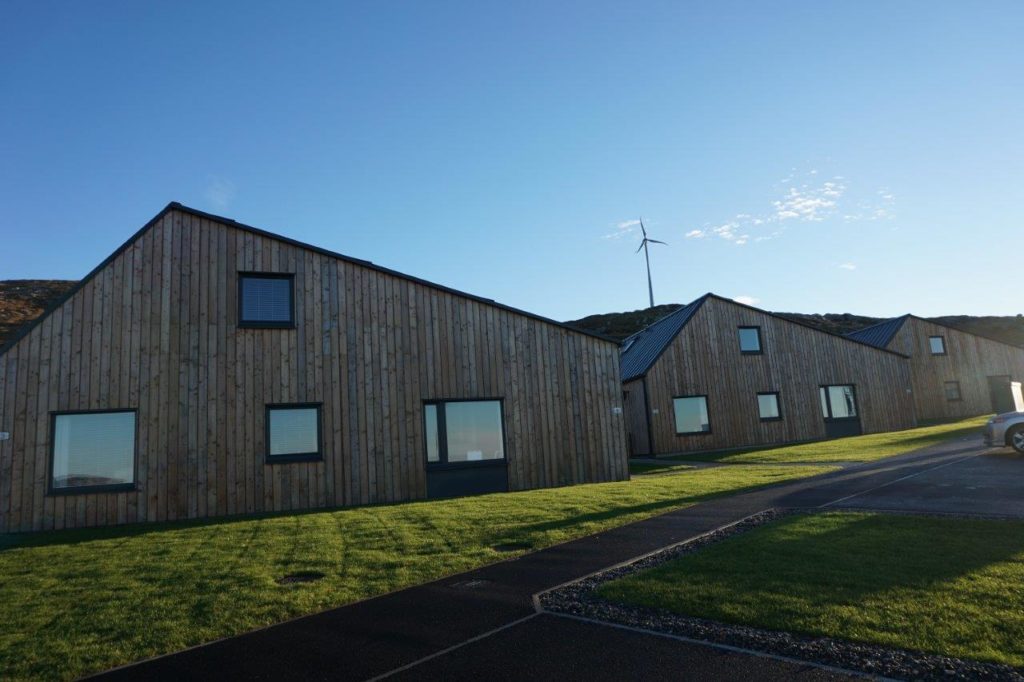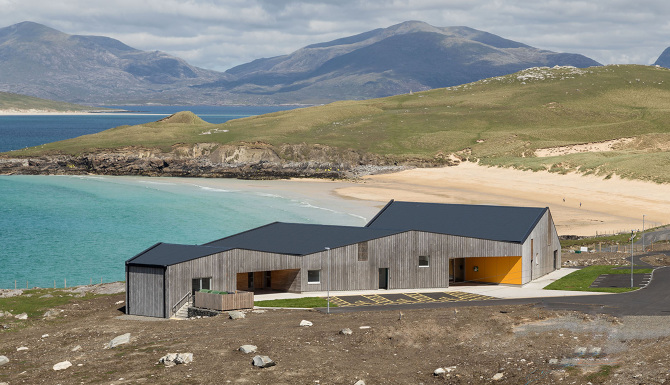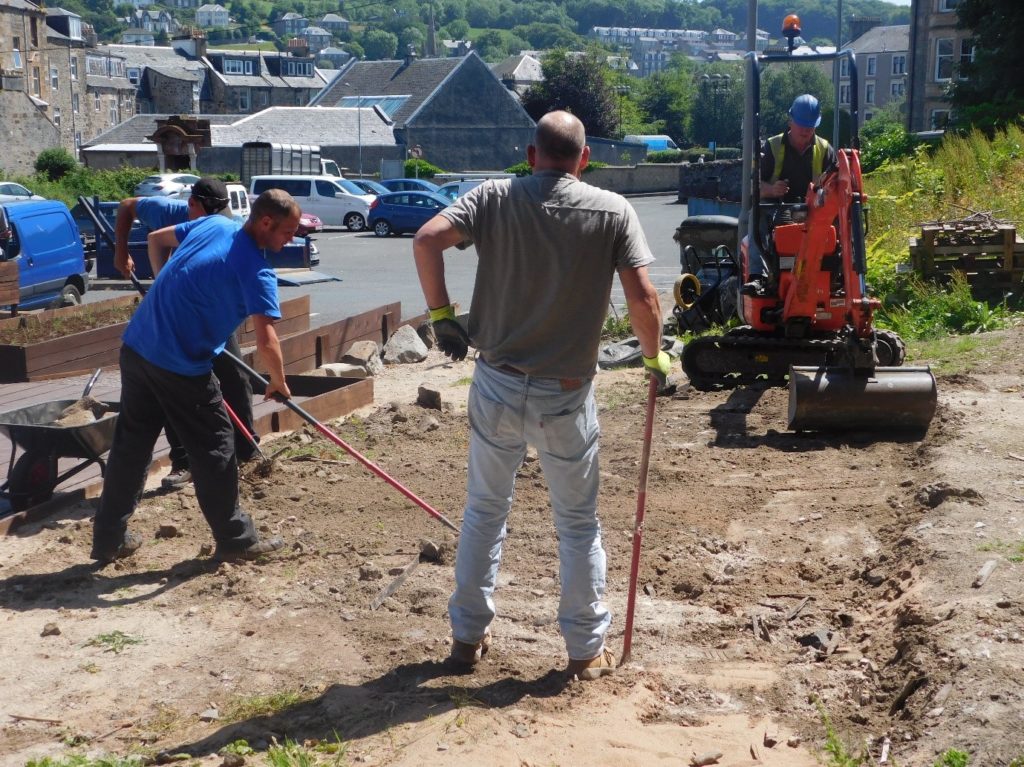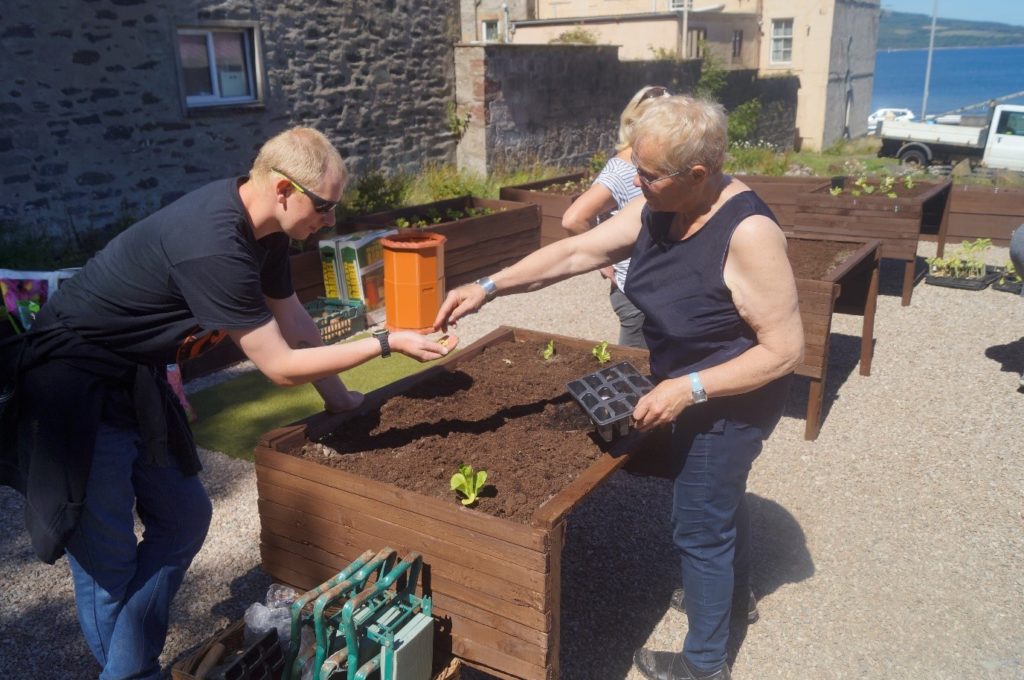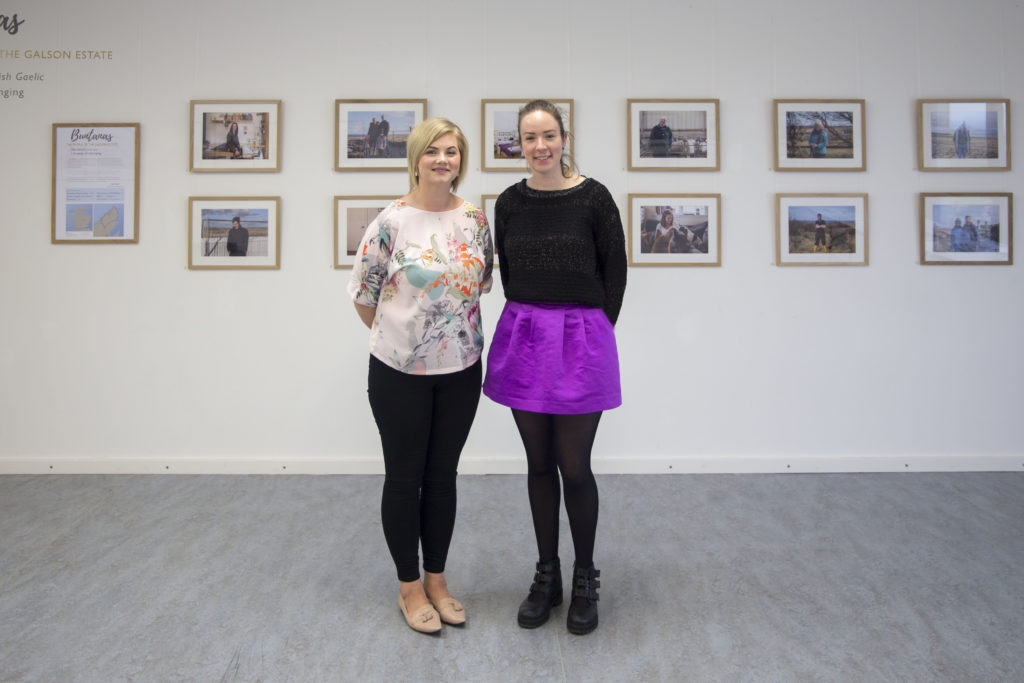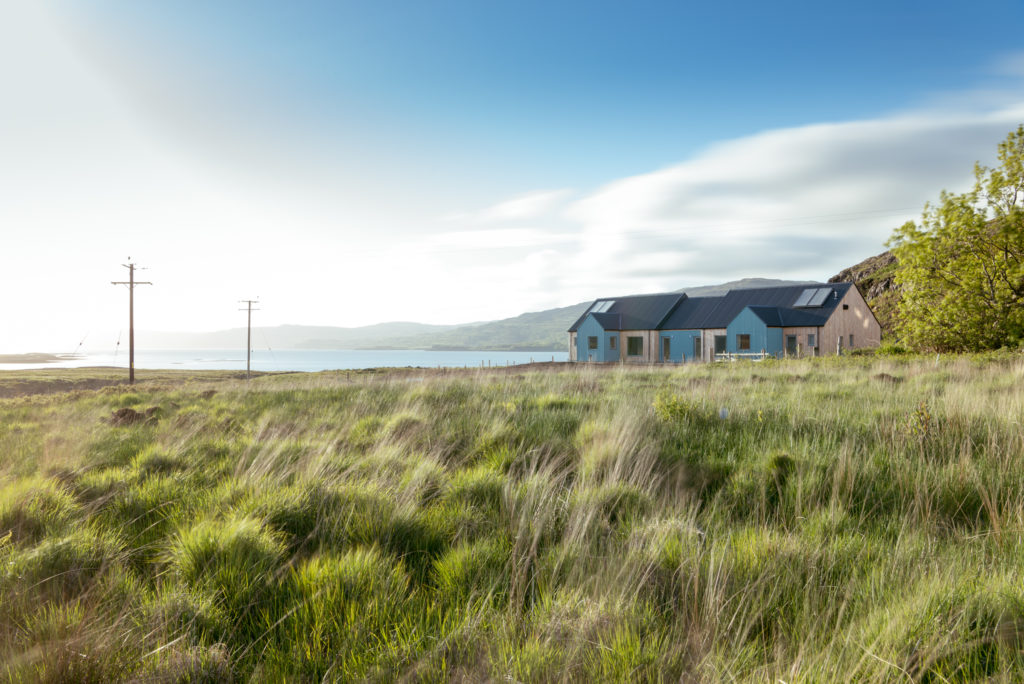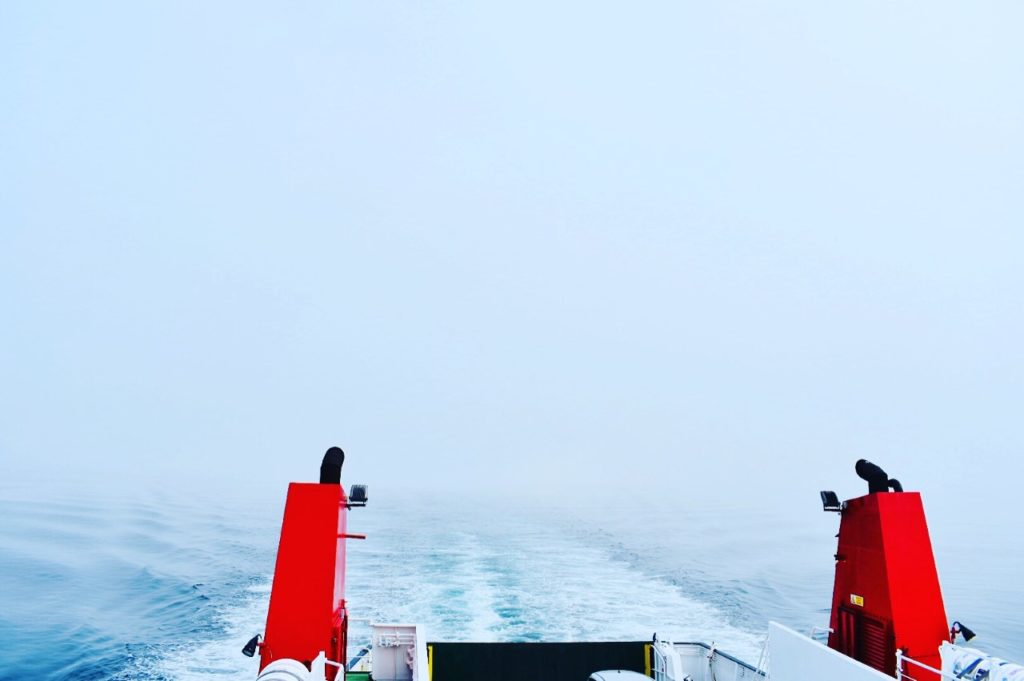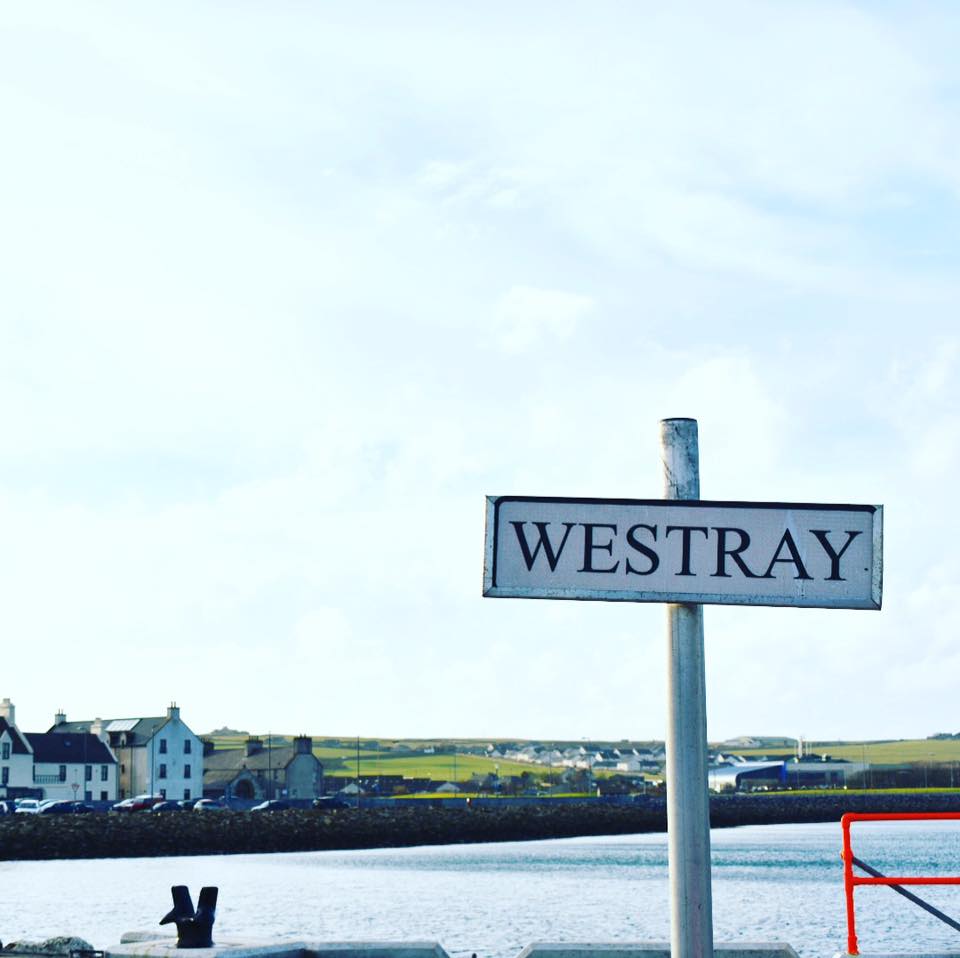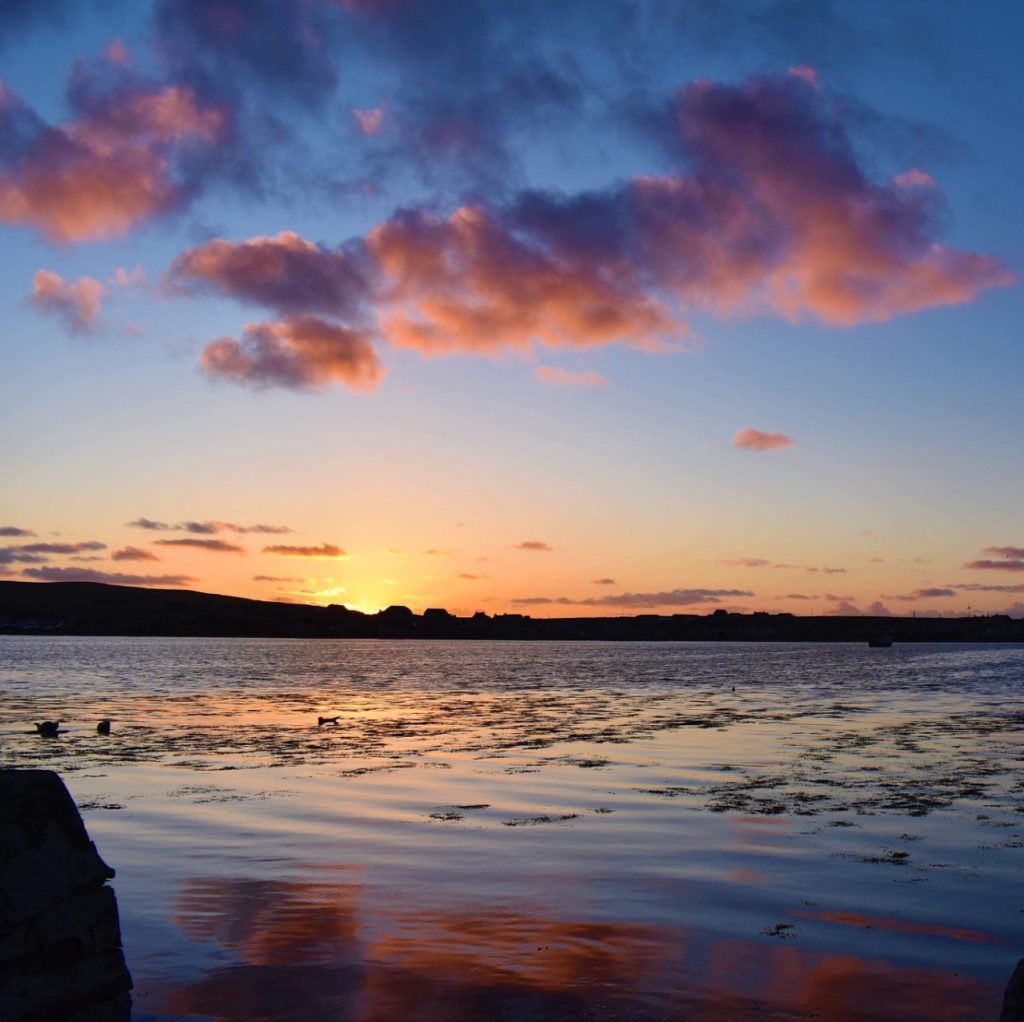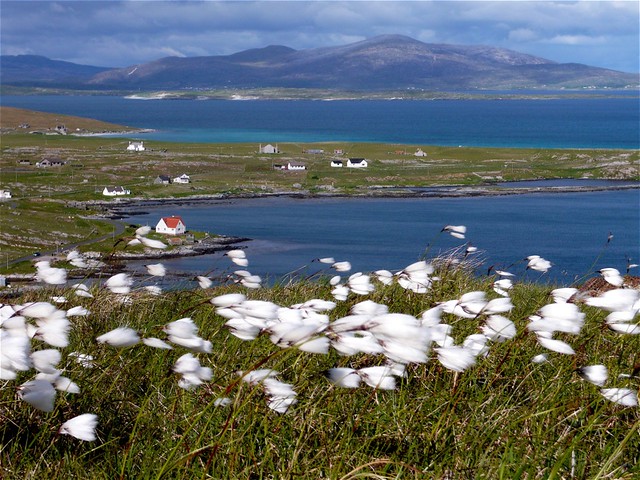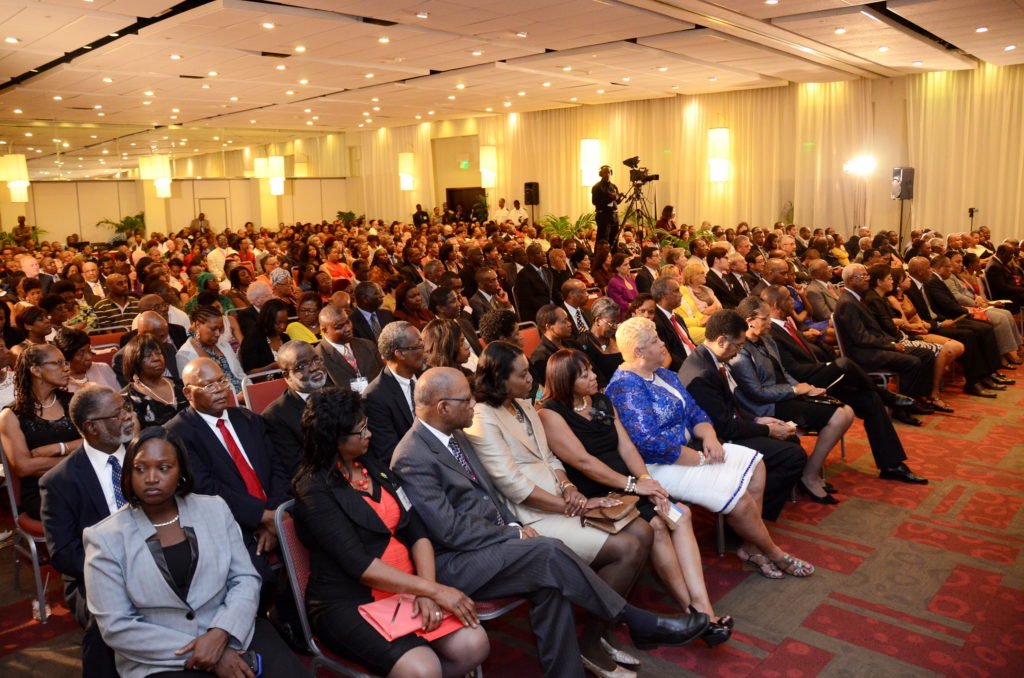Fiona Stokes, The Pairc Trust
It’s very easy to get people’s attention with cute pictures of children, but Pairc Playgroup on the East Coast of the Isle of Lewis, Outer Hebrides, are getting attention for lots of other reasons too.
An independent social enterprise, working as a partner provider to the local authority, they have been operating for 22 years. They are an organisation dedicated to the promotion and development of outdoor physical play while using the rural environment to their advantage, also promoting Gaelic language throughout each season.
What this means for the residents of the community owned Pairc Estate, is access to quality childcare facilities for a range of ages, round the clock for working parents who often face a long commute into work and peace of mind that the kids are having awesome experiences. It is provision like that offered at Pairc Playgroup which is making Pairc a choice for young families to settle and remain here.
Highlands and Islands Enterprise along with the local Muaitheabhal Community Wind Farm Trust have been funding a pilot project for 3 years ending in December this year. During this time the main aim was for affordable and flexible childcare. By keeping costs low families could take on work or additional hours and be able to afford childcare – the affordability was an important component to the local economy, to continue to grow the community. By offering flexible and affordable childcare sessions with a ‘pay as you go’ service parents can make the decision to access the playgroup when they need it.
By enabling families to return to work either part or full time, some households have been raised out of poverty. People in a remote rural community can experience a higher volume of social isolation, so enabling this service not only increases socialisation in children, it empowers rural woman and men. Our families are able to work and provide basic food provision in a remote and vulnerable district.

The Playgroup has provided employment for 5 people locally, making it one of the largest employers in the community. All are local women, who would not otherwise have had access to employment locally. The Playgroup has supported staff through professional development and funded them on SVQs to secure their registration with the Scottish Social Services Council.
Maree Todd MSP (Minister for Childcare and Early Years) and Alasdair Allan MSP visited in 2018 to admire the positive changes being made. The Care Inspectorate also recognised the hard work and dedication by awarding Excellent for their care and support which was a huge achievement within the first year of the pilot operation.
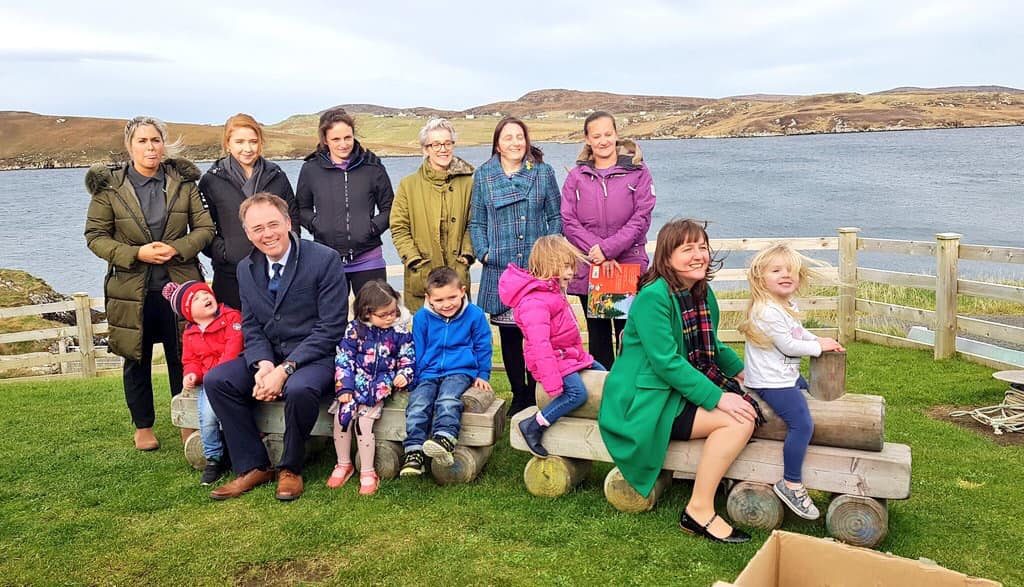
The life changing successes of Pairc Playgroup are not going unrecognised and their ethos is shared by many – in order for children to grow a love for their environment and community they have to be involved and consulted from early level in every aspect.
Playgroup Manager Kayleigh MacKillop explains:
My goal is that children in our community find that passion for their environment, whether it is aquaculture or farming and grow a life-long interest, so that they decide to remain in their community or at least on the island when they are adults. By leading our children’s learning in this way our model has proved to develop a strong, resilient and supportive community promoting a growing interest in heritage and culture.

